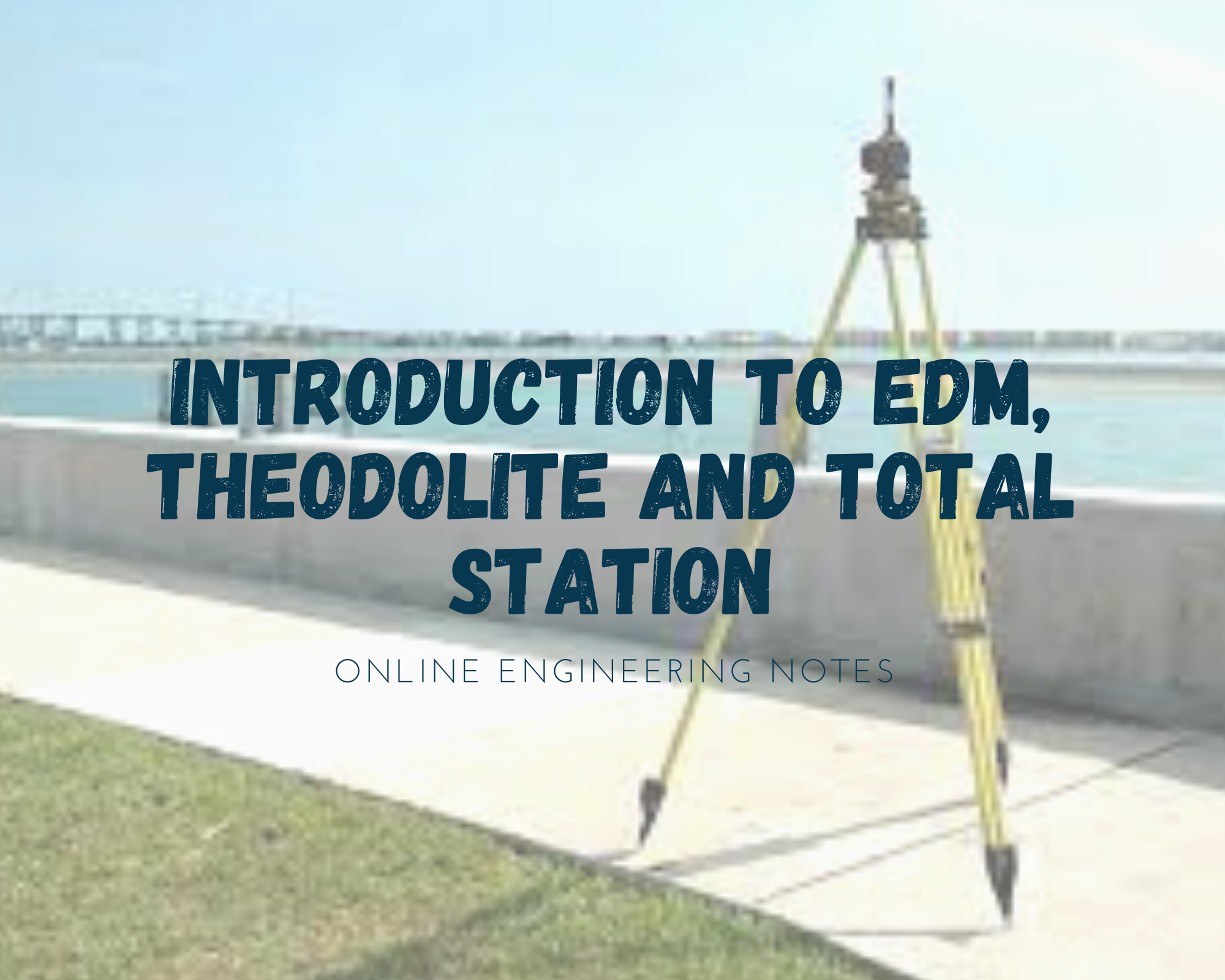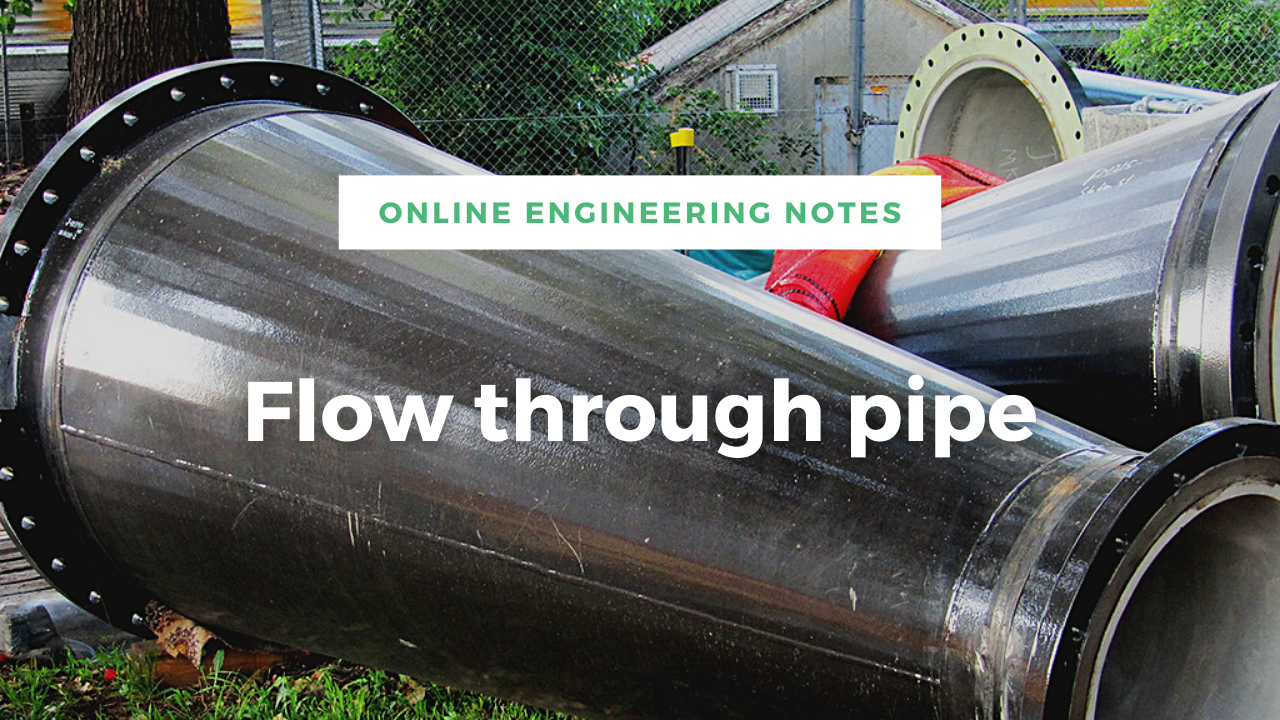Numerical Differentiation and Integration
Introduction Let us consider a set of values (𝑥𝑖, 𝑦𝑖) of a function. The process of computing the derivative orderivatives of that function at some values of x from the given set of values is called NumericalDifferentiation. This may be done by first approximating the function by suitable interpolationformula and then differentiating. Derivatives using Newton’s … Read more










